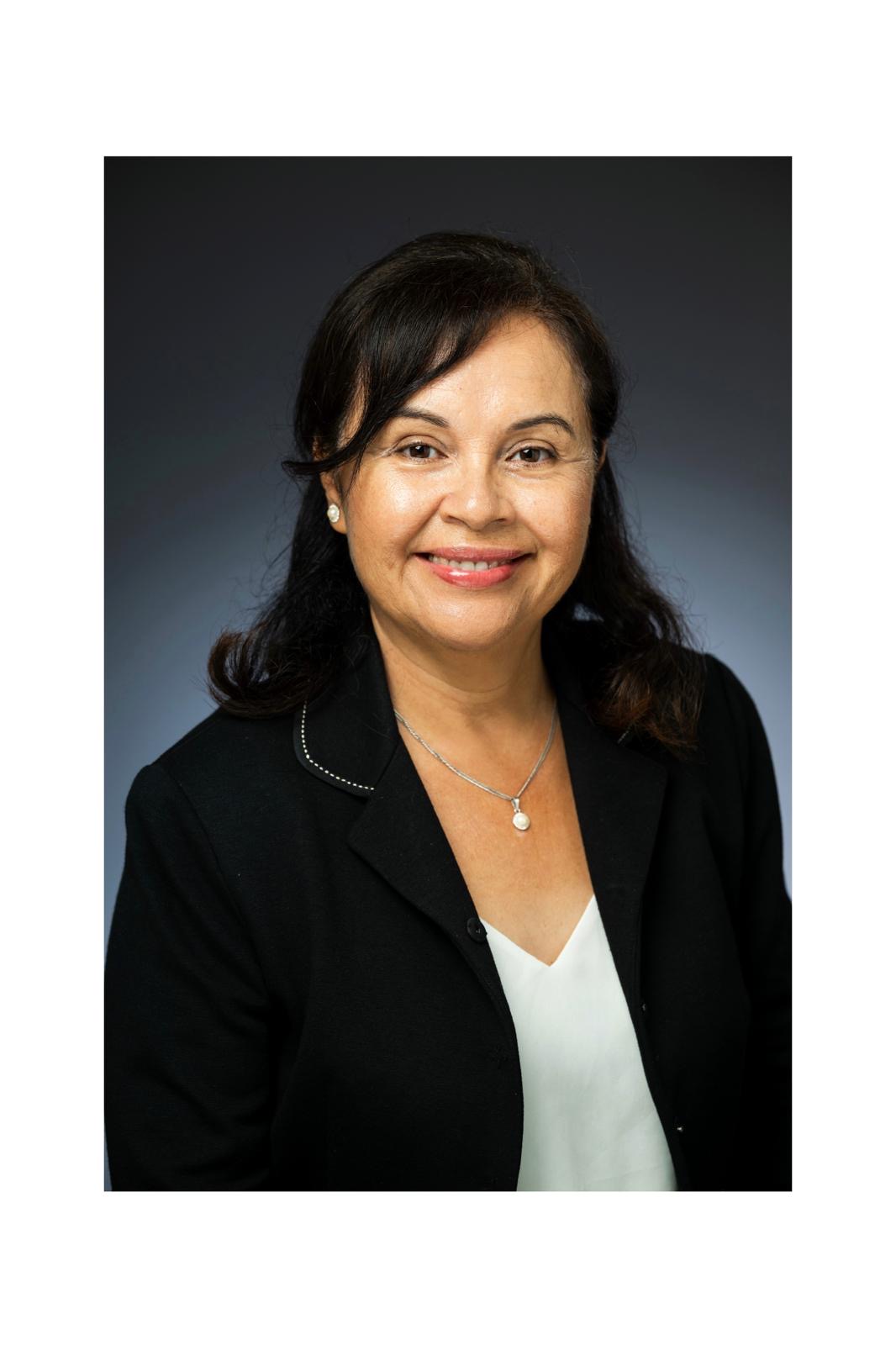Verónica Castillo-Muñoz is an Associate Professor in the Department of History at the University of California, Santa Barbara. She is an interdisciplinary scholar in Gender history, Latin America, U.S. history, and public history. She has written widely on the intersections between gender, family migration, and the U.S.-Mexico borderlands. Her research has been funded by a Fulbright Garcia-Robles Fellowship, an NEH Huntington Library Fellowship, the Hellman Foundation, and the UC President’s Faculty Fellowship in the Humanities.
Castillo-Muñoz is the author of The Other California: Land Identity and Politics on the Mexican Borderlands, published by the University of California Press (2017). This book examines how communities of laborers changed the racially and ethnically diverse social landscape of the Mexico-U.S. borderlands. Focusing on Baja California, this book is the first to examine the interplay of land reform and migratory labor and how global migrants and Mexican workers transformed the Mexico-U.S. borderlands between 1850 and 1954. Previous research on migration and border crossings portrays the Mexican borderlands as a temporary place for transitory labor, a launching pad to enter the United States. This book argues that the present-day Mexican borderlands emerged from efforts to keep Mexican labor moving across the U.S. border while fixing national communities in place. This intricate interplay shows how governments, foreign investors, and local communities made the Baja California borderlands, leading to the booming cities of Tijuana, Mexicali, and Santa Rosalia.
Castillo-Muñoz’s current book project, Her Stories of the Mexican Revolution: Women, Migration, and Violence Across the U.S.-Mexico Borderlands, examines how women on the border negotiated war, violence, and family separations during the Mexican Revolution (1910-1920). She has served as Book Reviews Editor for the Journal of Mexican Studies/ Estudios Mexicanos (UC Press). The Organization of American Historians appointed her as a Distinguished Lecturer.
Recently, she collaborated and co-curated the binational exhibit, “Se Busca a Pancho Villa,” at the National Museum of the Mexican Revolution in Mexico City.
I teach courses on Mexican history, Gender, Chicanx history, and U.S.-Mexican relations.
Books
The Other California: Land, Identity, and Politics on the Mexican Borderlands (UC Press, 2016)
*Honorable mention of the 2017 Gita Chaudhuri Prize from the Western Association of Women’s Historians.
Women and Revolution: A Tale of Violence and Deception Across the Mexico-U.S. Borderlands (book in progress).
Articles
Guest Co-editor of: “Gender and Intimacy Across the U.S.-Mexico Borderlands”
“Historical Roots of Rural Migration: Agrarian Reform and the Displacements of Rural Farmers in Nayarit, Mexico, 1900-1952.” The Journal of Mexican Studies/ Estudios Mexicanos (University of California Press), 2013.
“Beyond Red-Light Districts” Agrarian Struggles and Transnational Labor in the Mexico-U.S. Borderlands.” in Lee and North ed., European and American Borderlands: A New Comparative Approach (Nebraska Press, 2016)
“Intermarriage and the Making of a Multi-Cultural Society in Baja California, in Rodilla, Guevarra, and Spikard., ” Red and Yellow, Black and Brown: Decentering Whiteness in Mixed Race Studies. (In Press, Rutgers University Press, 2017).
“Women and War: Aging, Migration, and Violence in the Mexico-U.S. Borderlands.” Women, Migration, and Aging in the Americas, Routledge Press, 2022. (ed.2022, Marie-Pierre Arrizabalaga)
“The Caravan of Death: Women and Refugee Camps and Family Separations Across the U.S.-Mexico Borderlands 1910-1920.” Vol. 35 N. 4 the Journal of Women’s History. (John Hopkins University: Winter, 2023).
History 168 A: History of the Chicanos (cross-listed). The history of the Chicanos, from colonial times to the present, traces the social-cultural lifeline of the Mexicans who have lived north of Mexico.
History 168 B: The history of the Chicanos, from 1821 to the present, traces the social-cultural lifeline of the Mexicans who have lived north of Mexico.
-
- UC Alianza Mexico Collaborative Grant, 2023-2025.
- Fulbright Garcia-Robles Fellowship 2020
- NEH Huntington Long-Term Fellowship 2019-20
- UCSB Academic Senate Travel Grant 2018
- UCSB Academic Senate Travel Grant, 2016-17
- UCSB Faculty Career Development Award, 2016
- Ford Fellowship (alternate) 2015-16

